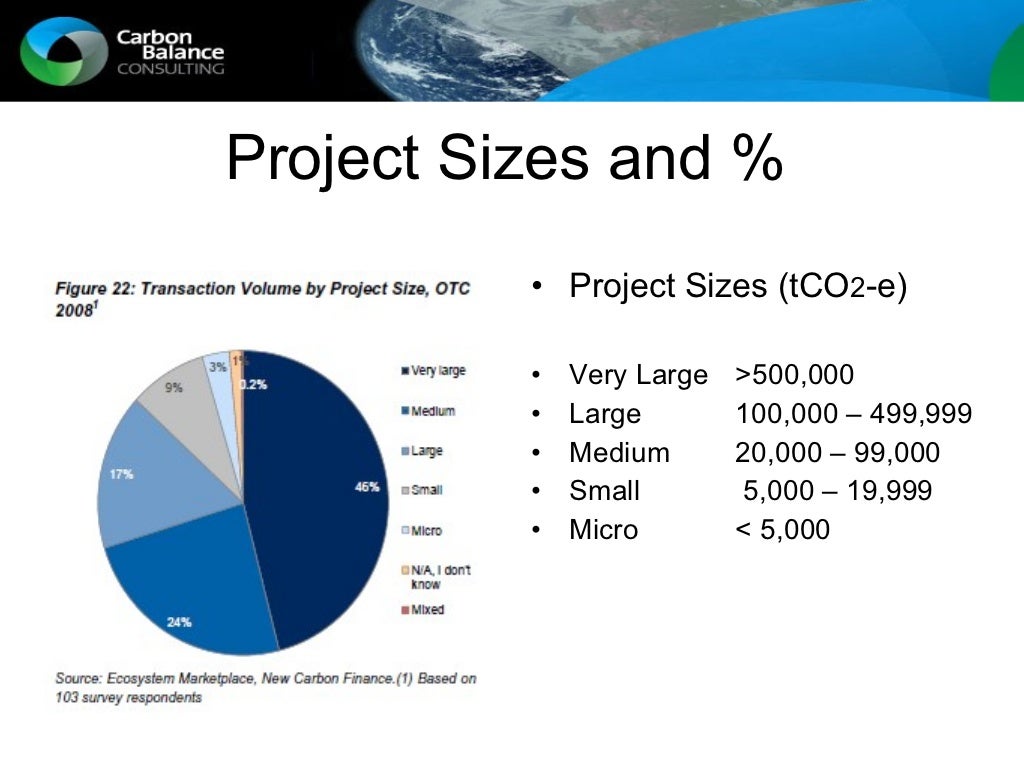

Recent protests in Berlin demanded a ban on the vehicles after a driver hit and killed four pedestrians, while activists at a Frankfurt motor show protested against the vehicles’ impact on the climate.

However, opposition to SUVs in cities is also rising. Since then, sales have continued to rise, and the vehicles are often marketed as a status symbol. SUVs started to become popular in the 1980s, and often earned nicknames such as “Chelsea tractor” as a result of the wealthy city suburbs they became associated with. The emissions analysis considered only the carbon produced from fuel combustion, not any emissions embedded in the manufacturing of the cars – where larger models are also likely to result in more emissions. Popular models in the UK include the Nissan Qashqai, Hyundai Tucson and Land Rover Range Rover. The IEA’s definition of “SUV” covers a range of cars from crossovers to off-road vehicles. “The problem is much bigger than we expected,” he said. Grelier said the global shift towards bigger cars had been observed for a while, but the effect on emissions increases compared with other industries was surprising nonetheless. T&E figures show the average mass of new cars rose 10% between 20, which the group suggested could be down to a trend towards SUVs, heavier automatic and dual-clutch gearboxes and the inclusion of other equipment including cameras and sensors. “An SUV is bigger, it’s heavier, the aerodynamics are poor, so as a result you get more CO2,” said Florent Grelier from the campaign group Transport & Environment. If SUV drivers were a nation, they would rank seventh in the world for carbon emissions. The recent dramatic shift towards heavier SUVs has offset both efficiency improvements in smaller cars and carbon savings from electric vehicles.Īs the global fleet of SUVs has grown, emissions from the vehicles have increased more than fourfold in eight years. “We were quite surprised by this result ourselves,” said Laura Cozzi, the chief energy modeller of the International Energy Agency, which produced the report. No energy sector except power drove a larger increase in carbon emissions, putting SUVs ahead of heavy industry (including iron, steel, cement and aluminium), aviation and shipping.


 0 kommentar(er)
0 kommentar(er)
